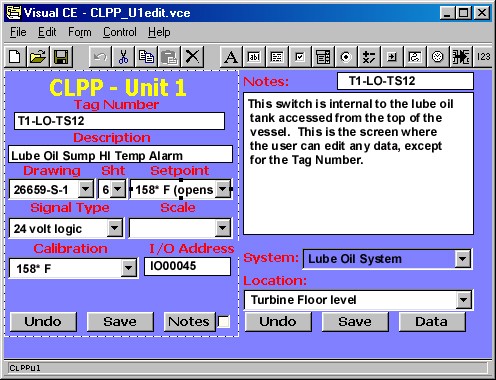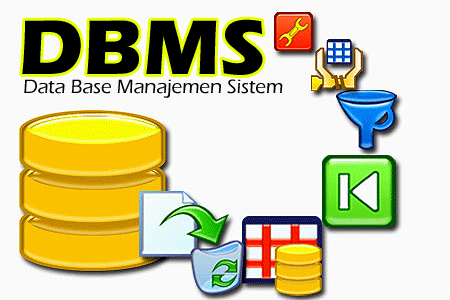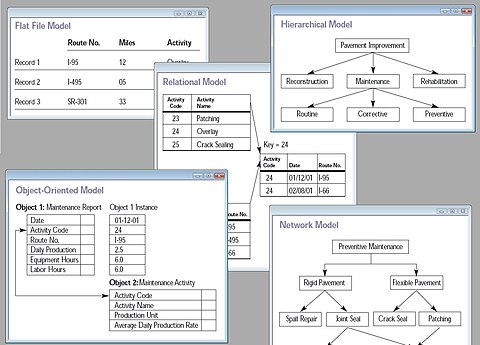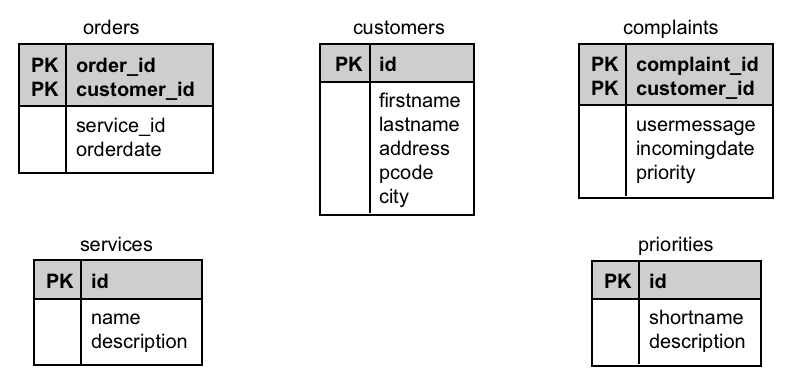Apply relational database design approach andimplement it using Microsoft Access or other DBMSBefore we go to our topic we have to know what the definition of database.Database is a collection of interrelated data stored together with controlled reducndacy to serve one or more application in an optimal way. the data are stored in such a way that they are independent of the programs used by the people for accessing the data.
In this week i have learned about database. I also did the case study for ISD methodology presentation as a group as a group activity. It was easy for me, because at that time. i have a good understanding in this topic as well as i did so many reading as well. i had to explain about Factory in Cambodia and what are the information systems. They are using and which method. I prefer as a mothodology to implement the system.
We learned that database is the container or a collection of data. And it has four components: data, relationships, constraint, and schema….Database management system: it’s software that create database. For example, Microsoft access and then we learned that DBMS performs five primary functions: define, create and organize a database, input data, process data, maintain data integrity and security (it allows limited access of the database), and query database.
Database:
- Terminology
- it is using for organized collection of data.
- Collection of information arranged and presented in alphabetical order
- mechanism for storing, managing and retrieving information.
Database Application
It is a data that makes collection, storage and relrieval of infinite customer data possible.And it is a software program used for the collection, storage and retrieval of data. Database software development has evolved as an industry due to its various business uses.
Function of Database
Here are three functions of Database
- To store
- To organize
- To control data.
Database Components
- It is Field in data processing and it is a piece of information.
- Schema: it describes the organization of data and relationships within the database. The schema consists of definitions of various types of record in the database, the data-item they contain and the sets into which they are grouped.( known as ERD)
After that. we move to another part. It is about Fundamentals of Database.
Now, i am going to describe what is the meaing of Fundamentals of database?
Fundamentals of Database:
- There are Six terms of fundamentals of database
1/ Field: It is a specific piece or category of data. Such as, a first name, last name, city, state, subject or birthdate. It is in the column of the table.
2/ Record: a group of related fields that describes a person, place, thing or transaction. Such as, customer, student, location, product or sale. ( Row of table)
3/ Key field: a field that contain unique information for each record. Such as, student ID for a student.
4/ Table: a collection of records for a single subject. Such as, student, products or Sales.
5/ Relational database: Multiple table that are linked together to address a business process. Such as, managing timetable, couses and students.
6/ Objects: the part of an Access database that help you view,edit, manage and analyze the data: tables, queries, form, report, macros and modules.
Database Management System(DMS)
It is a software package for manipulating database or database program.
Example of Database Management System(DBMS)
MySQl, Microsoft Access, postgreSQL, SQLserver, Filemaker, Oracle, dBase, Foxpro,Clipper and so on.
Features of DBMS
- Here are three Features of DBMS:
- Allow users to create new database
- Give users the ability to query and modify the data using appropriate language( query language or data manipulation.
- It provides information to the decision makers that they need to make important decision. this information is provided by querying the database using SQL.
TYPES OF DATABASE LANGUAGE
- DDL( data definition language)
- DML(data manupulation language)
- DCL( data control language)
Data manipulation language
DCL( Data control language)
DBMS USERS
- End Users
- Application programmers
- Database Administrator
NEXT SESSION IS STUDY ABOUT DATA MODEL
But before we go to our sup topic, we have to know and understand what the definition of Database Models.
Definition:
- Database model is the structure of format of a database, described in a formal language supported by the database.
Data model:
- Structure
- Characteristic
- Description
These are the basic for building block of data model:
- Organization
- Entity
- Attributes
- Relationship
The first one is about Entity:
- represent a particular object in the real world( a person, a place, or an event)
- Entities can be thought for as nouns.
- represented in tables
for example: student information system
Entity= student, subject, course, time table, result.
Student:
- Student ID, student name, address and so on.
- Subject: code, name, hours.
B) Attribute
- Characteristic of an entity
- attributes that help to identify the entity.
- Respresent by colum in table.
For example: student information system:
Student: ID, Name, Address
C) Relationship
- Describes an relationship among entities
- These relationship can be shown in the form of diagram
- entity relationship diagram(ERD)
- Data model use three types of relationships
- 3 forms of ERD
- One to one. eg: student ID for a student, passport..

- one to many. eg: Mother and children.. that mean, one mother can have alot of children. but children can not have alot of mother.
- Many to many: eg: luctuerer and students. lucturers can have many students and students also can have many lucturerers.
TYPES OF DATABASE MODELS
Here are 4 types of Database Models
- Hierarchical database
- Network database
- Relational database
- Object-relational database
1) Hierarchical Model
- Hierarchical Model was developed in 1960s by IBM company(IMS)
- The hierarchical data model organizes data in a tree structure.
- structure contain levels or segment( like organizational chart)
- May establish one to many relationship.
Network database:
Definition: The network model is a database model conceived as a flexible way of representing objects and their relationships. Its distinguishing.
- Improvement from hierarchical model. Data are represented by records suring links among them
- it can relate to many records
- the network model structure allows for many to many relationship.
Relational Database:
We use data Model for:
- organization's primary goals and requirements
- The volum of transaction/information organization.
salji
Friday, 22 March 2013
SEESION 1 (LO4)
Subscribe to:
Post Comments (Atom)

.jpg)



















No comments:
Post a Comment